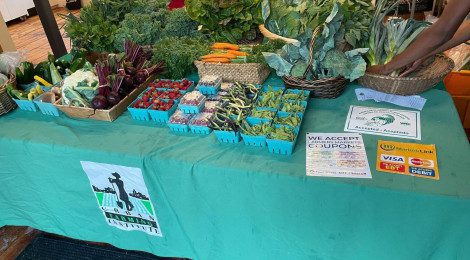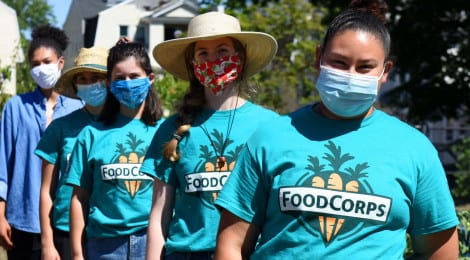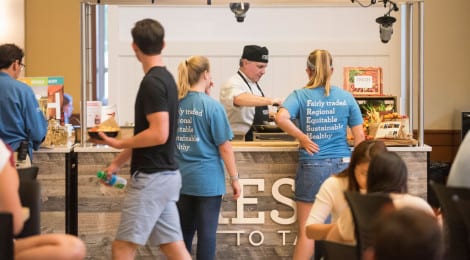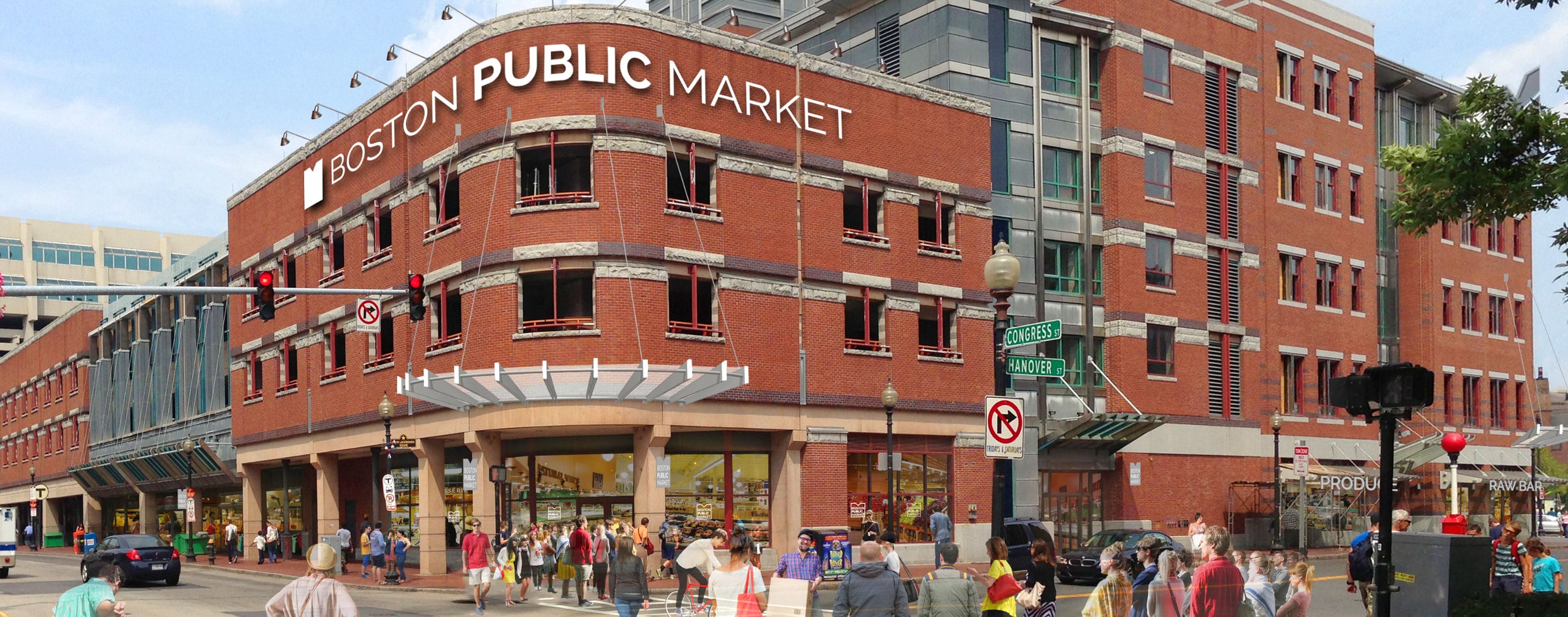
Grantee Profile
Boston Public Market Association
Two and a half centuries ago, downtown Boston featured Faneuil Hall, a year-round marketplace that flourished in trade. The market eventually fell into disrepair as American buying habits changed, and the city’s market district was never restored to what it had once been.
But that will soon change, according to Liz Morningstar, the newly hired CEO of the Boston Public Market Association. After years of challenges and setbacks, Liz’s leadership combined with flexible operational support from the Henry P. Kendall Foundation is helping to make the long-desired market a reality. By the summer of 2015, Boston will once again have a public market that will showcase the best food from Massachusetts farmers, seafood vendors, ranchers, wine makers, brewers, bakers, and other producers throughout New England.
“Our progress in the last several months has been transformative,” says Liz. “We’ve hired an architect, finalized our lease terms and partnership with the state, rebranded the public market effort including a new website, and developed a cogent business plan.”
Situated in a state-owned building above the Haymarket MBTA station in Government Center, the market will attract local, commuter, and tourist populations. It will be the first locally sourced market of its size in the United States.
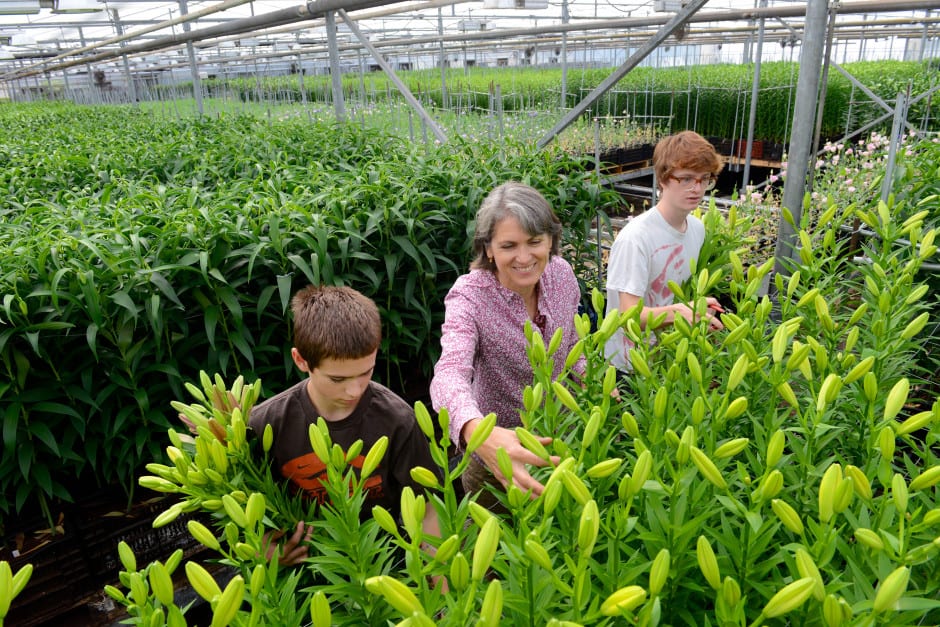
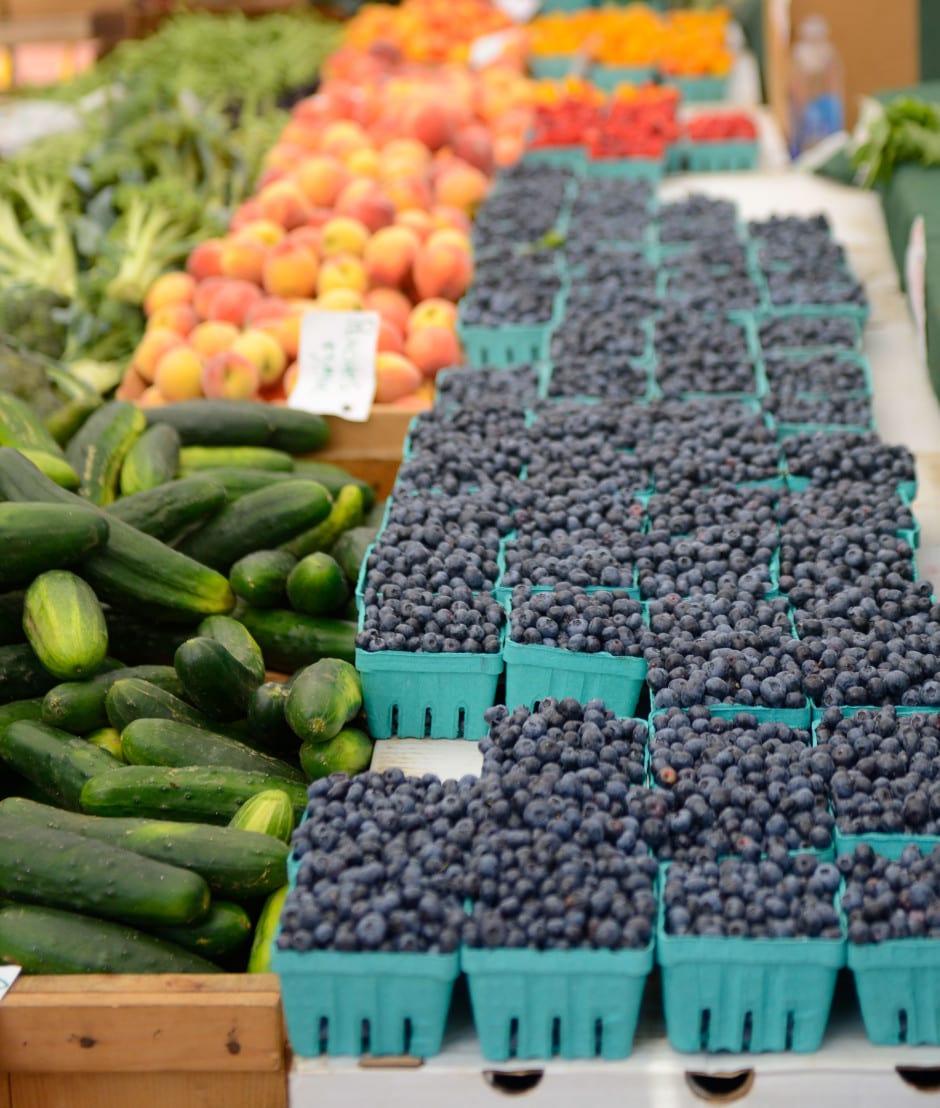
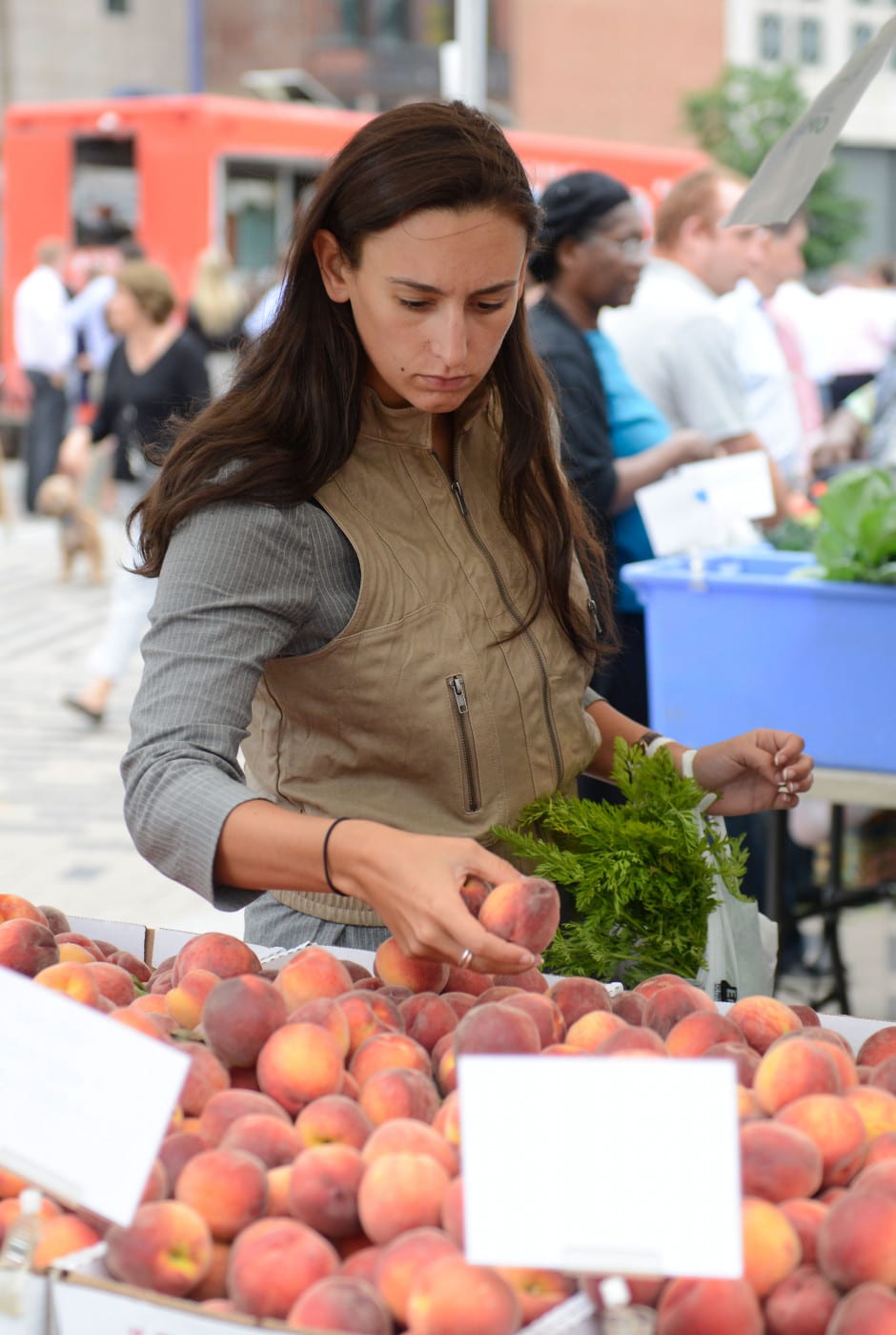
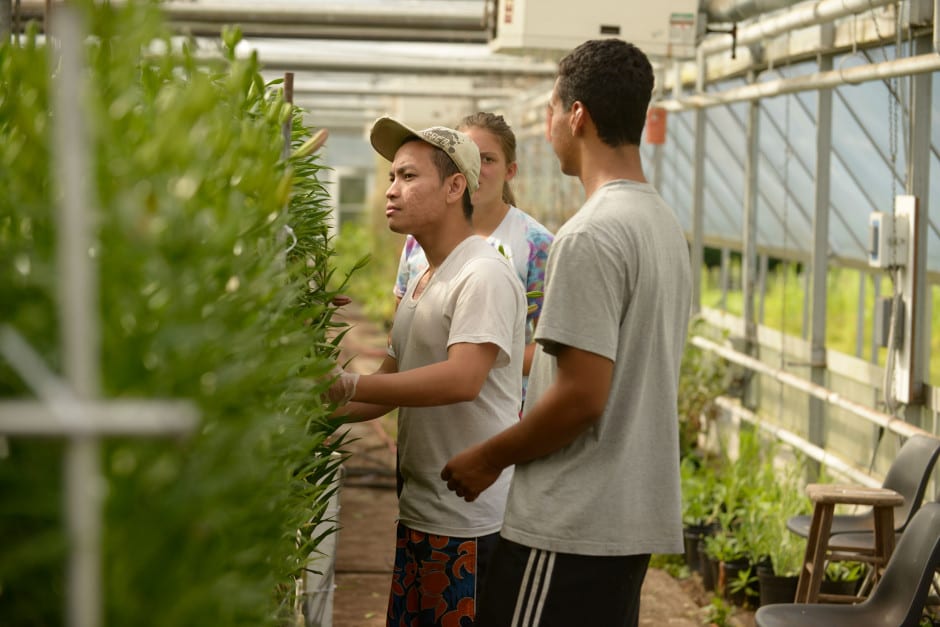
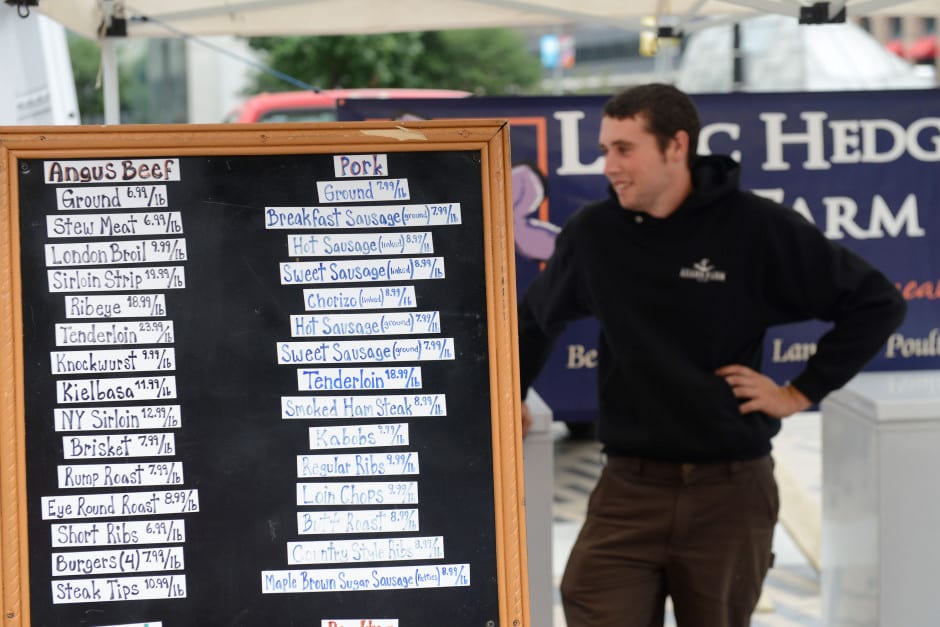
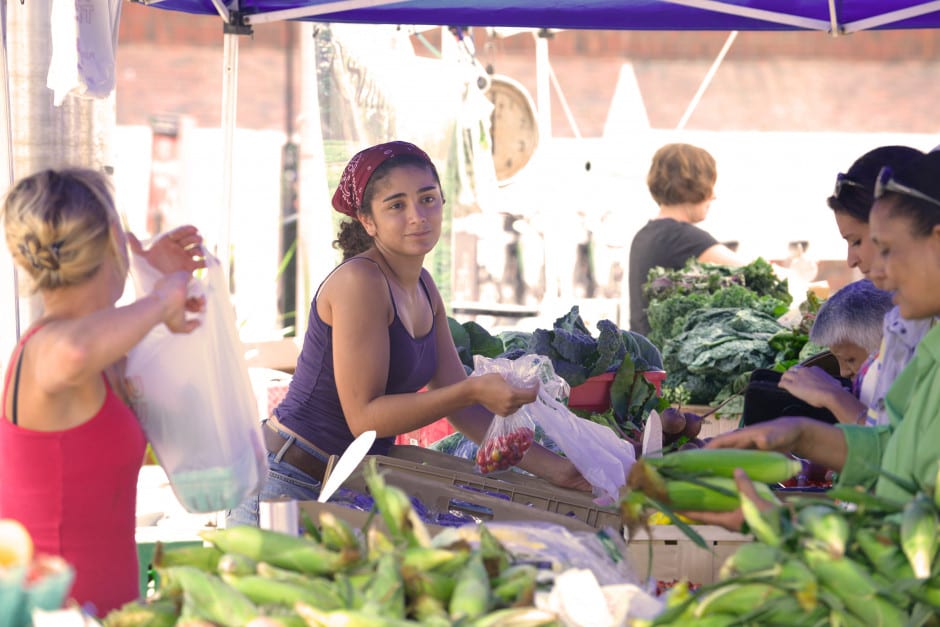
Even Boston’s winter won’t slow down the new establishment. “There is a wide variety of local products that are available throughout the year, and not everyone understands the difference between a farmers market and a public market,” Liz says. Aside from seasonal produce, the market will feature a range of locally produced goods such as maple syrup, jams, hummus and flowers.
However, the Association is developing more than a traditional marketplace. The facility will feature a demonstration kitchen with cooking exhibitions by local chefs, as well as tours and educational programs about sustainability and nutrition.
“It will be a place to purchase fresh, healthy, local food, and that is needed. But a Public Market is much more than that; it’s a living, civic institution, a place where the community—rural and urban—finds common ground in something everyone cares about: food. That’s the beauty of a market of this kind,” says Liz.
For Ryan Mackay, a livestock producer from Lilac Hedge Farm, a booth at a dependable location would stabilize his income and expand his business. “More retail outlets, more possibilities,” he says, since smaller livestock producers don’t raise meat for wholesale and often rely on farmers markets for business. “When we go from doing farmers markets every week to having no farmers markets in the winter, it can be really difficult. A permanent location will create another avenue for sales.”
A central, urban market will also be a tool to promote the local food movement. “The market will flourish thanks to the fact that people are becoming more educated about what goes into their food. I don’t think local is a fad,” says Ryan.
Barb Rietscha, a year-round lily and cut flower grower who sells flowers at 12 different market locations, is optimistic about the market’s success. “Honestly, it’s surprising we don’t have one. Almost all metropolitan cities have them. They have been trying to do this for a really long time, but there is more momentum now than there has ever been,” she says.
As Liz notes, “above all, the market is a reflection of who we are by what we grow and what we enjoy eating. That’s the part that’s really exciting.”
Learn more: Boston Public Market Association
A Public Market is a living, civic institution, a place where the community—rural and urban—finds common ground in something everyone cares about: food.
